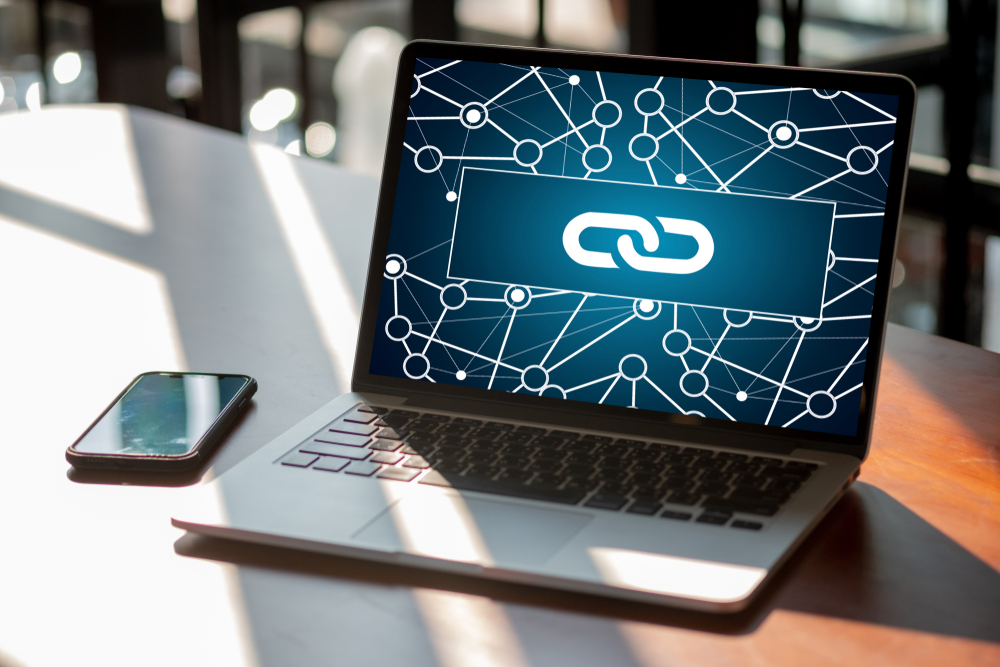
In the real world, a competitor can try to outrank you by issuing negative sentences against your business or selling the inferior imitations of your products to defame you.
This is what we call negative SEO in the world of online marketing.
Negative SEO is a malicious practice to harm the ranking and reputation of your website.

And one of the vicious, malicious SEO attacks is toxic backlinks. Here we will know about this form of negative SEO attack as well as the way to overcome it. But first of all, let’s go through this straightforward definition of negative SEO.
What is Negative SEO
Negative SEO is a set of activities being used to hurt a competitor’s ranking in search results. These activities are mainly off-page based, including building unnatural links to the target site and spinning and reposting its content. Sometimes, negative SEO is used by someone to take revenge on your website. Some of the key forms of negative SEO are:
- Hacking
- Redirecting Spammy Links to Your Website
- Spinning Your Content and Publishing It over the Internet
- Creating Fake Social Profiles to Ruin Your Reputation
As I have told you before, spammy links are the common form of negative SEO and can do more harm.
Here we will understand about toxic backlinks, their impact on your website, and how to get rid of them.
What are Toxic Backlinks?
We all know the value of backlinks in SEO. In fact, they are one of the top three ranking factors recommended by Google.
A backlink is created when another site links your site. For instance, if a website finds your blog post useful for their audience, they can link it back. This way, you can get traffic from them. No wonder why Moz has defined backlink as a “vote of confidence.” Even a no-follow link from a good site can improve your ranking.
If your content is linked back by many websites, search engines recognize the credibility of your content and place it in the top search results, thereby enhancing your rankings.
The more backlinks you have, the better chance your website has to rank.
But there is a catch—not all backlinks are good. In fact, some backlinks can do more harm than good. They can just hurt the SEO performance of your site. These backlinks are called a toxic backlink. It is the practice of getting backlinks with a website with a poor domain or malicious websites.
Making sure that your website doesn’t have such toxic backlinks is as essential as getting backlinks.
“Good backlinks can raise your Domain Authority (DA) and Page Authority (PA) scores, increase your visibility in search engines, and help you rank better. Bad backlinks do just the opposite. They harm your SEO and cause you to lose ranking.”
- Neil Patel (in one of his blogs)
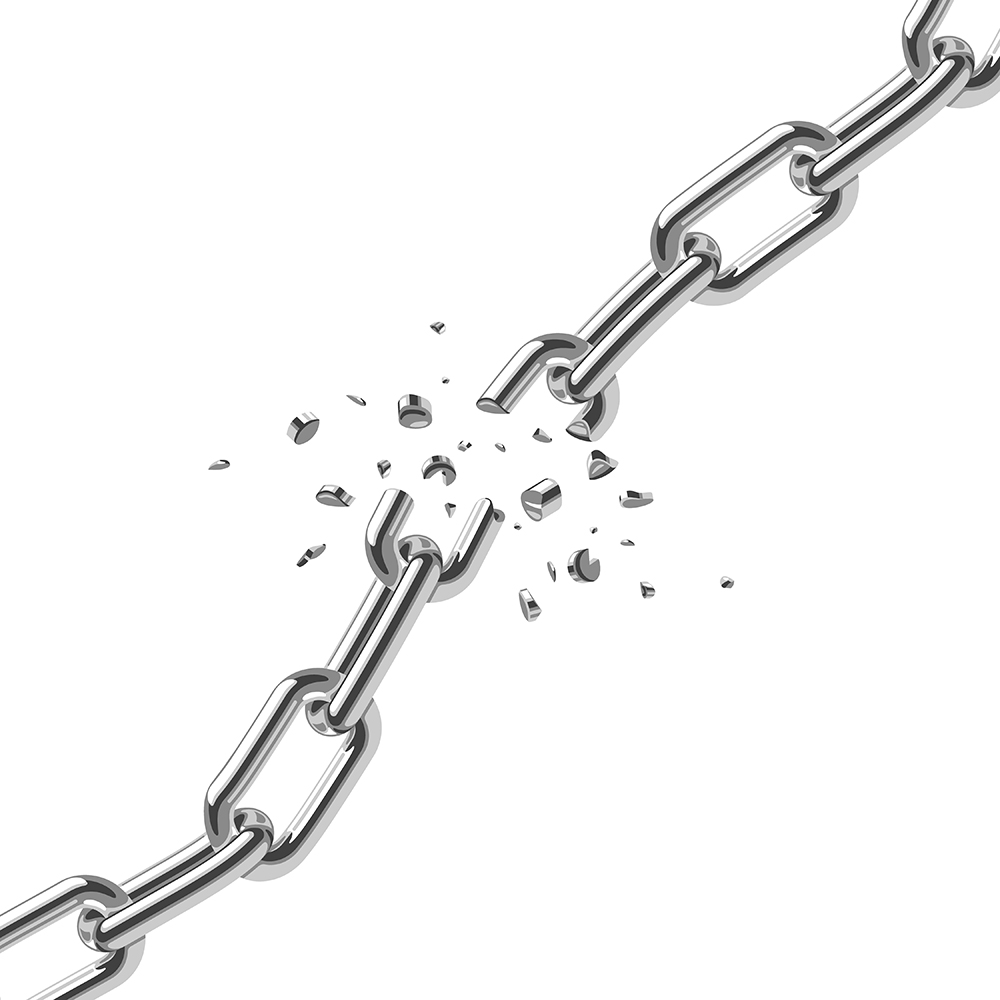
Toxic backlinks are defined as the unnatural links that can hurt the rankings of your website. They are usually the links from spam sites or sites not being indexed by Google.
Let’s understand it from Google’s viewpoint that says—
“Any links intended to manipulate PageRank or a site’s ranking in Google search results may be considered part of a link scheme and a violation of Google’s Webmaster Guidelines. This includes any behavior that manipulates links to your site or outgoing links from your site.”
Simply put, if Google thinks that a link is intended to manipulate your search rankings, it disobeys its guidelines. Google’s Penguin, released in 2012, penalizes the websites being stacked with poor and negative backlinks.
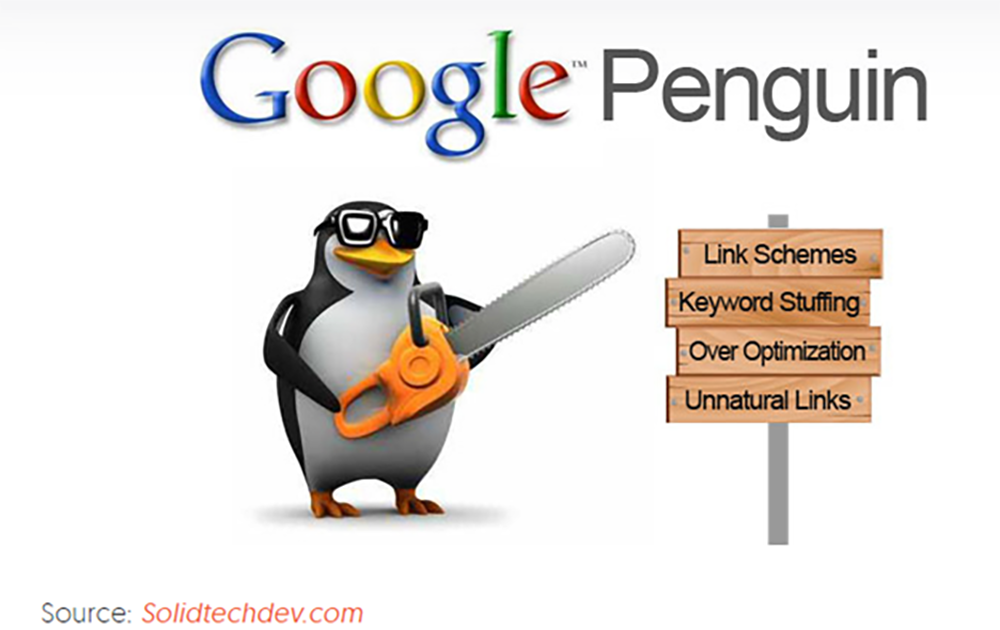
HOW DO YOU GET TOXIC BACKLINKS?
Well, toxic backlinks can happen organically, or they can be created by the black hat or negative SEO tactics. I have already told you that they are the links generally sourcing from spam or low domain sites.
Here is how you get toxic backlinks…
Mirror Pages:
Mirror pages are referred to as similar pages. If a website has backlinks from multiple pages to your site with the same anchor text, these can also be defined as mirror pages. But they are a vital source of toxic backlinks. Search engines might consider this as a link building scheme.
Low Domain Score:
Low domain score points towards the low credibility of a domain. The trust score is determined by the number of backlinks from authentic sites directing to the website. A low ratio means the domain score might have been artificially boosted.
Page Layout:
The lower ratio of visible text than HTML is also considered poor quality.
Toxic backlinks also happen when they are…
- Generating from sites that have been created for linking out.
- Coming from the sites where content is not relevant.
- Directing from the sites not being indexed by Google.
- Coming from unnatural placements in the blog comments.
- Followed links being marked as sponsored.
Coming from the Low-Quality Directory Submission.
How Do You Fall Prey to Toxic Backlinks?
While getting toxic backlinks can be organic, sometimes they are caused by shoddy SEO practices or done by the people knowing little about SEO. For example, some webmasters sell negative backlinks services openly on many online platforms promising getting the site on the top.
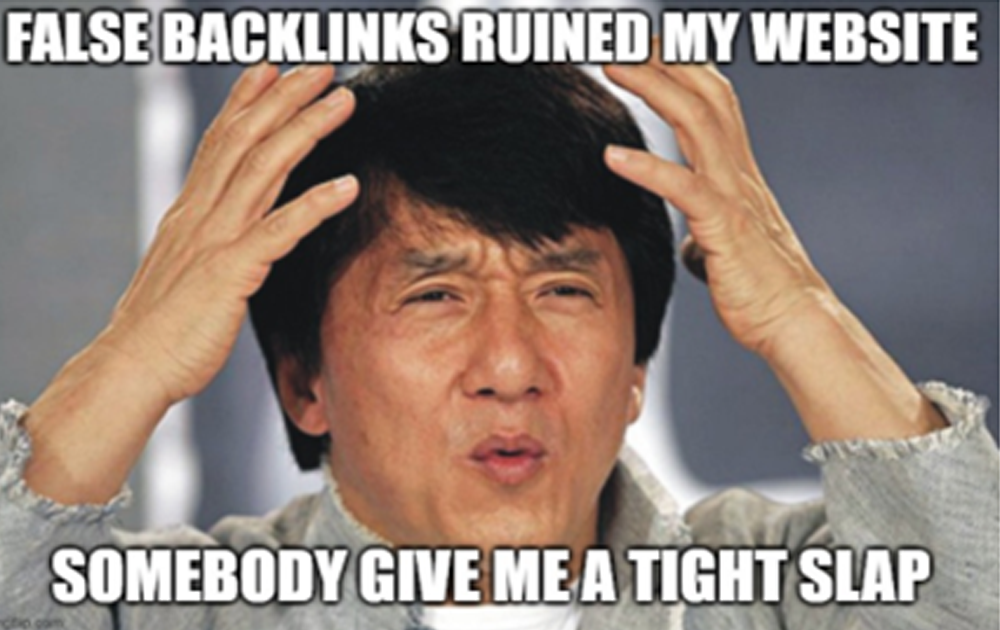
Interestingly, harmful backlinks can get the site in the top search results, but it comes with a cost. Google monitoring team takes note of such sites and penalizes them later.
If you are into this practice or your website opts for the same, then you better prepare to face the music.
How Toxic Backlinks Hurt Your Website
Attracting a Manual Action for Unnatural Links:
If your website is found with excessive spam by the Google team, they can take manual action. Here’s how Google defines this—
“Google issues a manual action against a site when a human reviewer at Google has determined that pages on the site are not compliant with Google’s webmaster quality guidelines. Most manual actions address attempts to manipulate our search index.”

According to Search Engine Watch, Google generates over 400,000 manual actions a month.
Manual actions are caused by issues detected by algorithms or the competitors filing a spam report. If you are subject to manual action, the “culprit” pages start losing rankings and preventing them from restoring their rankings until it is lifted (mentioned in how to fix backlinks).
The Crackdown by Algorithmic Filter
An algorithmic penalty is also the side effect of toxic backlinks. Penguin algorithm can take strict action against the sites being affected by spammed backlinks.
“In 2020, successful link-building focuses on quality over quantity, and low-quality links can significantly hurt your rankings and organic traffic. Unnatural links were the target of 2012’s Google Penguin algorithm update, one which changed the link building landscape for the better.”
- James Brockbank, Managing Director at Digitaloft

Losing Organic Traffic:
A manual action and algorithmic action hit your organic traffic and visibility.
The Links Remain No More Effective:
Google also ignores the backlinks, meaning that they don’t impact your ranking once being forbidden by the search engine.
How to Know If My Backlinks are Toxic
Here’s how you can check your website for toxic backlinks:
Look for the Manual Applied Penalties:
The manual applied penalties can be checked in Google Search Console under “Security and Manual Actions > Manual Actions.” For more help, visit this community section for Google webmasters.
Use tools like SEMRush and Ahrefs:
SEO audit tools like SEMRush and Ahrefs can be used to locate toxic backlinks.
SEMRush tool determines the toxicity of backlinks on a scale of 1 to 100. The tool considers backlink with a Toxic Score between 0 and 44 to be normal. A score between 45 and 59 is Potentially Toxic, while 60 and beyond is toxic. So, these tools can be used to locate the toxic backlinks to your website.
How to Get Rid of Toxic Backlinks
Once you find the toxic backlinks, here are the ways to remove them:
Use Audit Tools:
There are many tools to remove toxic backlinks from your website. However, I recommend SEMrush’ Backlink Audit tool that helps remove many toxic backlinks for your domain as possible.

Approach the Site Owner:
If you cannot delete some links on your own, contact the site owners of these sites and request them to delete the backlinks.
Disavow Links:
When you have many toxic backlinks, tell Google to ignore these links’ connection with your site.
All you need to use Google Disavow tool in your Google Webmaster console.
Here’s how to use the Google Disavow tool to remove toxic backlinks. This tool lets you submit the links that are not authorized by you and, thus, shouldn’t be considered for any search purpose.
Prepare a list of bad backlinks and submit them through this tool. That’s it.
But keep in mind disowning backlinks won’t help you spare from the Penguin penalty or get the lost ranking back. It simply means that you need to remove every negative link manually if Google has slapped a penalty on you.
How to Generate Backlinks?
Apart from detoxifying your website for harmful backlinks, stress building good backlinks. You can generate quality backlinks by—
- Doing Guest Posts
- Publishing Press Releases
- Fixing Broken Links (that referring to you) on Other Websites
- Publishing Infographics on Other Sites
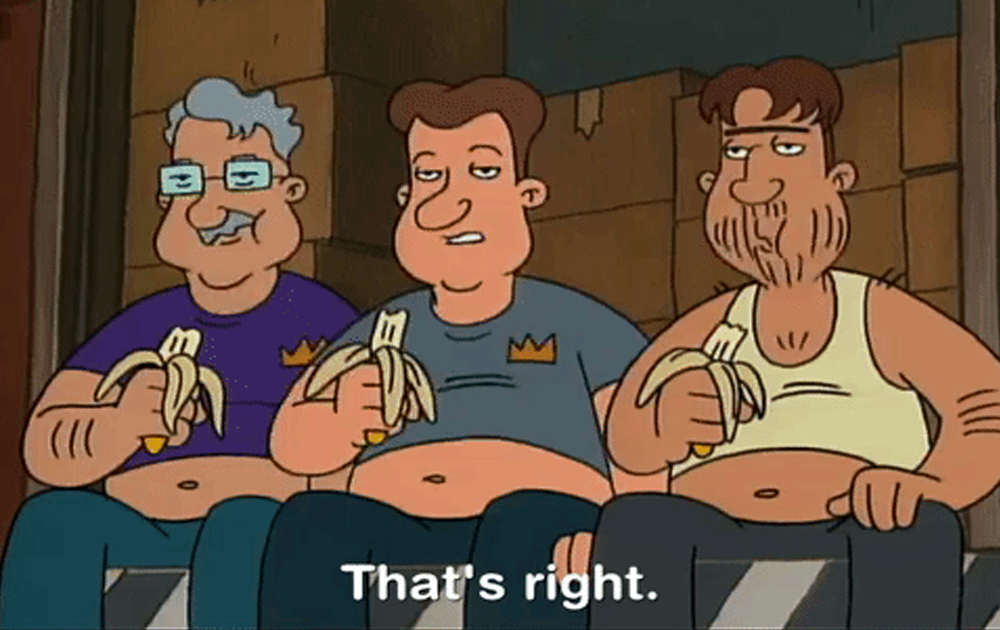
A NEGATIVE SEO CASE STUDY REGARDING TOXIC BACKLINKS
So you must have understood how toxic backlinks could be a dangerous negative SEO attack and how to get rid of them.
Here is a negative SEO case study showing how I helped one of my clients overcome penalties due to the toxic backlinks. In this case study, I have used the AHREFS tool to remove the toxic backlink penalty.
In the summers of 2018, I was approached by a UK client to get his website fixed for manual penalties imposed by Google. Google is likely to notify by email if it has imposed manual action against your website.
In this scenario, our first step was to identify the links being directed at the site. We used the AHREFS tool to analyze the backlink profile of the website.
By keying in the details, we get several metrics for locating domain authority, inbound links, anchor text, and more. Based on this data, we narrowed down the list of malicious sites.
We look at AHREFS backlinks report to sort out the referring domains and anchor with the following methods:
- All domains have been sorted using Domain Rating. We included all sites with DR 40 to the outreach list.
- Anchor -text distribution sort was done. If a high percentage of Exact Match Anchors on a site with DR 50 would be found, they added to the outreach list.
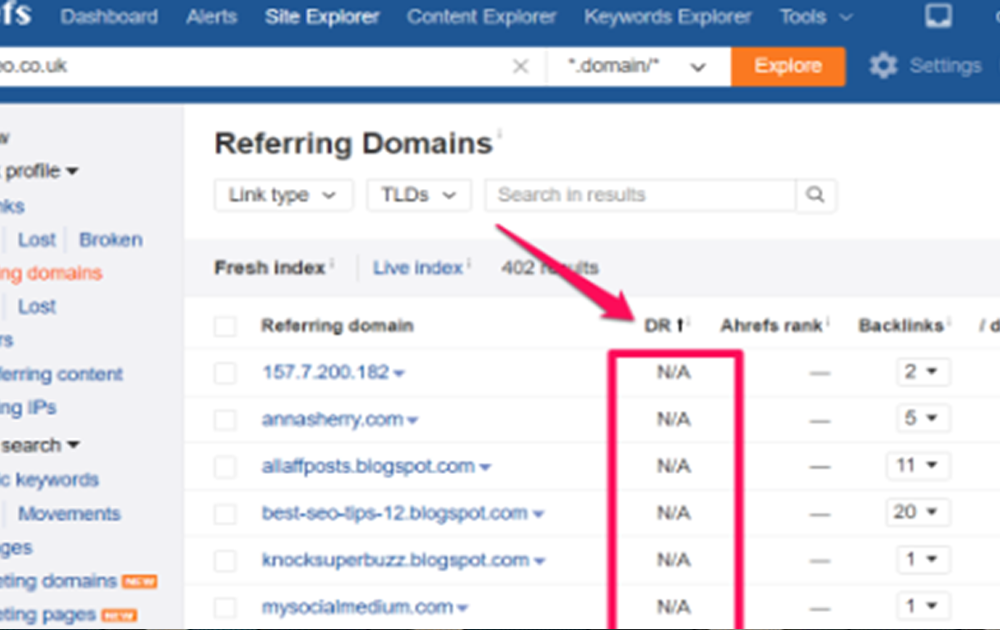
Inspecting the Links:
The AHREFS Tool helps us locate the list of malicious toxic domains using features like DR that determine their quality.
We checked our initial list and located any domains that were suspected to be malicious, owned poor domain authority, were not managed, had toxic anchor text distribution percentage, and irrelevant anchor-text use. We included them in the outreach list.
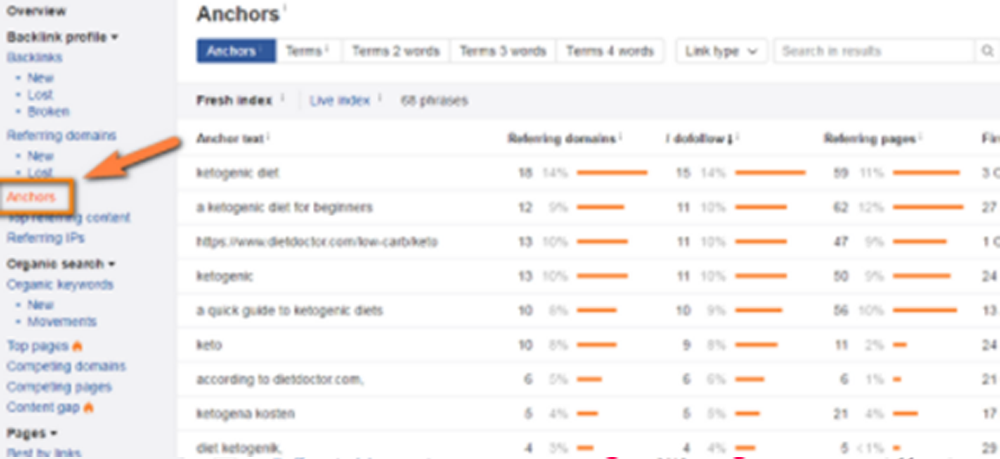
Contacting the Malicious Sites’ Owner:
Once we were done with the outreach list, we started contacting the site owners to take down their malicious links directing to the website. But it was a cumbersome process and ate up our lot of time as well. We sent emails and used their contact forms to get in touch with them. In most cases, we sent a plethora of emails to win over their attention. Some site owners removed their toxic backlinks while some demanded ransom.
Disavowing Links and the Reconsideration Request
Google understands that it isn’t always possible to get every site owner to communicate with you and remove links. That’s one reason they may have created the link disavow tool. As a method of collecting violating domains by volume.
We created a file of all the domains where we were unsuccessful in our outreach. We submitted the file to Google via the disavow links tool.
Using the Disavow Links Tools as the Last Resort:
Not all site owners paid heed to our requests, prompting us to use the Disavow Links tools provided by Google. Plus, we couldn’t wait for each, and every site owner respond. We prepared a file of all the domains which were not paying attention to our request for link removal. The file was submitted to Google using the disavow links tool.
AHREFTS has a built-in feature to create a disavow file so that you can easily export the disavow list to Google Disavow Tool. We also submitted a reconsideration request along with the disavow links file to Google. While the disavow files let Google figure out which domains you don’t want to be linked with, the request details let the search engine know how hard you have tried to keep toxic backlinks at bay. After all, Google likes to see your efforts before helping you out.
Finally, We Got the Result
It took nearly a month to get an email from Google, mentioning that it had removed the domains as requested.
Here is the reply from Google regarding our requests:

LAST NOTE:
Make sure to check your website frequently for negative SEO tactics like toxic backlinks. Google wants your website or content to be linked back from an authentic and trusted source. Otherwise, you can see the penalty in the form of dropped ranking. Therefore, identifying and removing should be part of your SEO auditing practice. If you not sure, there is nothing wrong in asking a professional webmaster for help.
What do you think? Let us know by commenting below!

